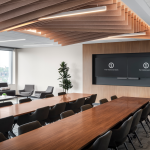What is an Acoustical Study?
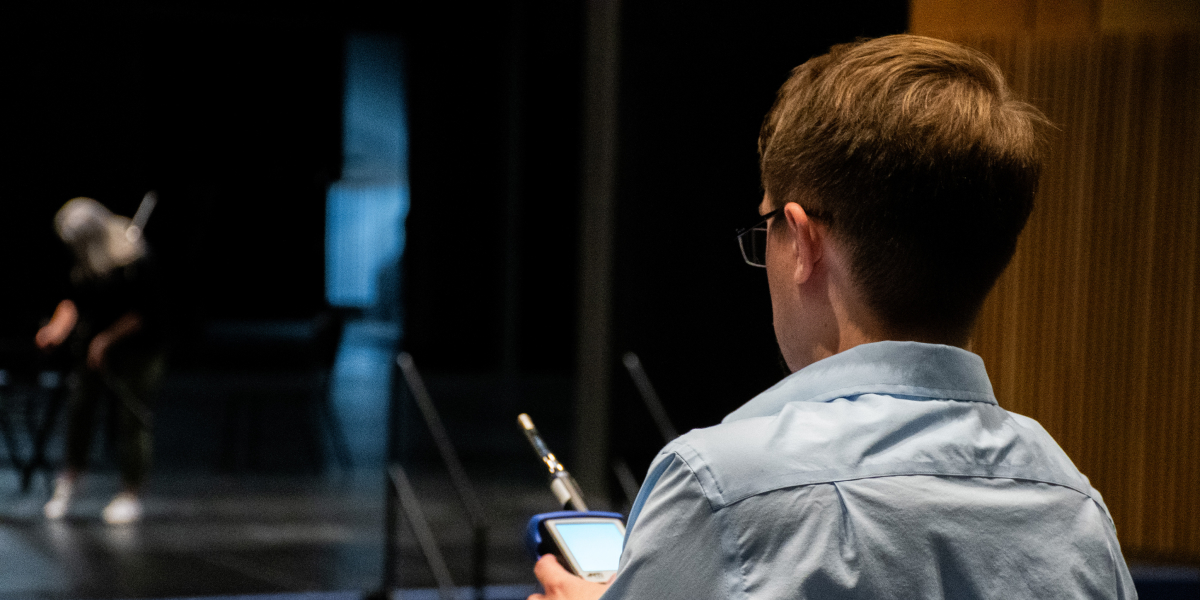
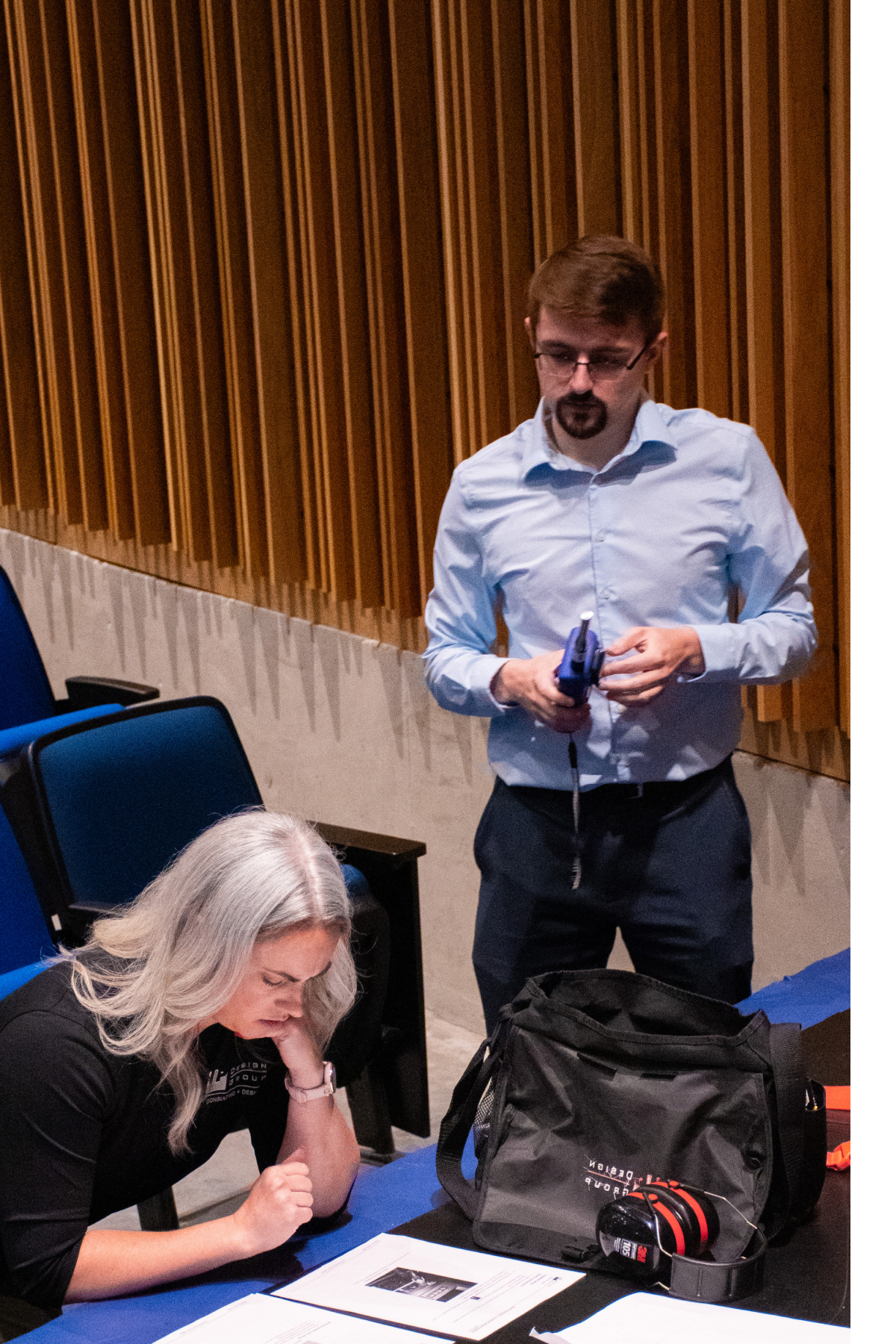
The Answer…May Shock You
What exactly is an acoustical study? The question seems simple. The answer requires help from the experts.
Fortunately, IP Design Group has a team of professionals equipped to provide the answers. Sam Underwood is one of our firm’s in-house acoustical project consultants who assists our acoustics team with designs, studies, post-installation analyses, and more. Sam earned a master’s degree in architectural engineering with a focus in acoustics from the University of Nebraska—Lincoln (UNL) and is currently working toward a Ph.D. in the very same field. Throughout his studies, Sam has been a member of the Acoustical Society of America and the Institute of Noise Control Engineering. He is actively involved in acoustical research, with recent work studying noise in restaurants and acoustic measurement standards.
According to Sam, the meaning of an “acoustical study” may vary between consultants according to their specific service offerings, project experience, and available tools.
“When we offer an acoustical measurement study to a client, we’re often providing the means to assess an existing acoustical condition of a constructed space, perform a post-verification of work we’ve helped design, or measuring a project’s impact on the environment to ensure they’re compliant with codes or ordinances,” Sam explained, “There’s quite a wide amount of variance in scope and scale of what an acoustical study can be.”
Acoustical studies can also include validating the efficacy of a differing firm’s work on a project. Acoustical designer Drake Hintz explains that these types of “validation tests” can only be conducted by a firm that is accredited by the National Council of Acoustical Consultants.
“Often, projects will require acoustic measurements to be taken to validate that the design intent has been achieved by the project’s acoustical consultants,” Drake stated, “One of our most recent examples of this involved validating the acoustical work conducted at Steelhouse Omaha.”
Acoustical studies aren’t limited to field measurements; they may also include analysis of design decisions and their implications on the performance of a project. Common questions our team answers through acoustical studies include: how much or what kind of acoustical treatment is needed to control excessive echo in a meeting room? Will a project meet the local noise ordinance requirements with the current design of the equipment yard? What would be required to achieve the Acoustic Performance LEED credit or the Sound Optimizations for WELL certification? The IP Design Group acoustical consulting team guides clients through these questions to design sound solutions that would be significantly more expensive if conducted as a renovation or post-construction addition.
“You want to have an acoustical consultant available early on in the design process,” Sam explained, “Unfortunately, it can be quite costly to remedy acoustical issues after construction has been completed. No building owner wants to finish construction and then tear up newly-built walls and ceilings to fix acoustical issues.”
Jessica Hiatt, CTS-D, an IP Design Group associate principal and acoustical consultant, concurs that achieving strong levels of tenant and building owner satisfaction within a space is difficult without an acoustical consultant present throughout the design and construction process.
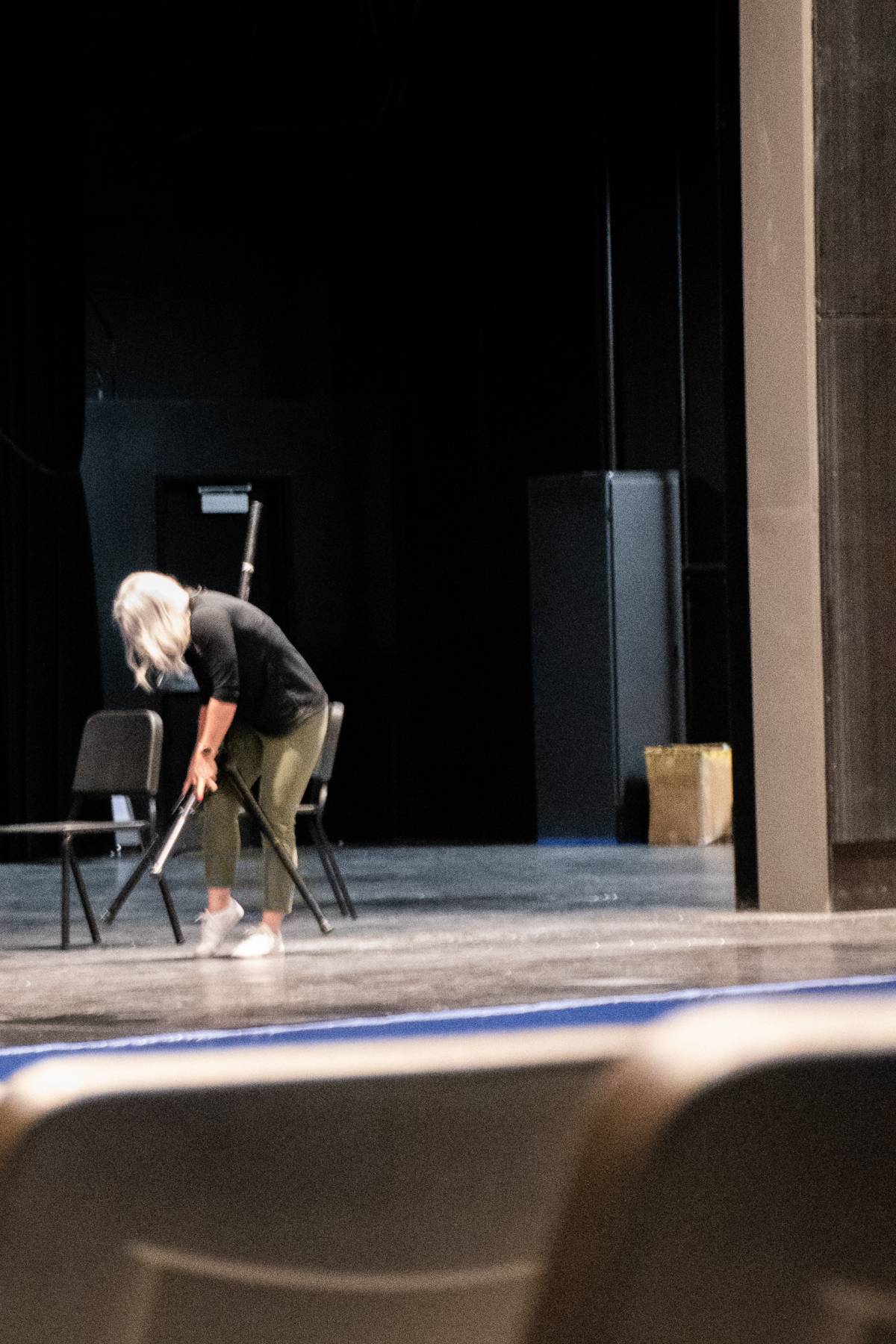
“The most common complaints in buildings post-construction are temperature and noise complaints,” Jessica stated, “Mechanical engineers go to great lengths to alleviate temperature issues throughout a building; the same deference should be given to the sound environment within a building.”
IP Design Group performs acoustical studies that fall into three main categories: field studies, acoustical analyses, and acoustical simulations.
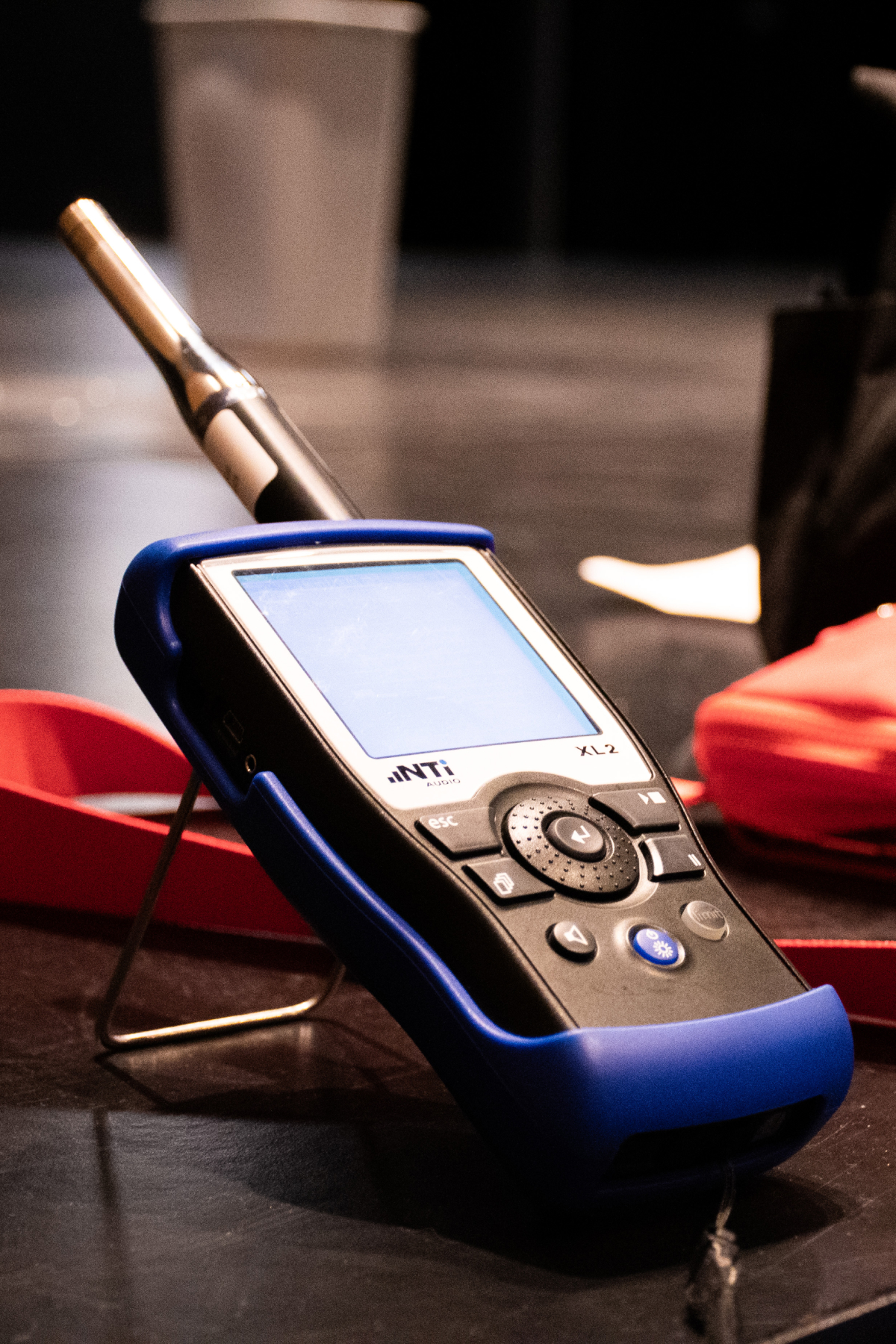
Field Study
A field study is likely the first instance that comes to mind when one imagines what an acoustical study might entail. From a high level, a field study can analyze a pre-existing structure’s sound isolation, room acoustics, and background noise level. A pre-construction field study can help designers and clients target specific sound-related issues they want resolved during a renovation. A post-verification field study assesses and quantifies how successfully a renovation solved the targeted sound issues. In many cases, owners like to study the acoustic performance of a space both before and after a renovation to quantify the improvement in performance that the space achieves. Sam explains that, when done correctly, successful field studies are a combination of proper planning, coordination, and equipment.
“If we measure room acoustical behavior, we will bring a loudspeaker to generate noise. We often have to excite the space with loud sound,” Sam explained, “We bring a signal generator to create pink noise, which we then play through the loudspeaker. Then, we position our sound level meter at different locations to measure how the sound decays within the space. We prefer to measure after hours to avoid disrupting occupants with our loud sounds and to reduce the presence of ambient noise sources which may contaminate our measurements.”

Special Considerations
Throughout the study, the acoustics team would move the loudspeaker throughout the space or into neighboring spaces if evaluating sound isolation. IP Design Group also leverages state-of-the-art equipment to provide additional scrutiny to field studies.
“We’ve been using acoustic imaging cameras and intensity probe mapping on some of our most recent studies,” Sam explained, “It allows us to develop a “heat map” that illustrates where sound is coming from in the space. For example, we can point this camera at a wall during a sound isolation field study and depict where the sound is leaking through.”
A recent example of a field study is the post-verification study conducted on the Lewis Central Community Performing Arts Center in Council Bluffs, Iowa. For a performing arts space, the measurements are centered around how sound behaves within the room. The metric that was analyzed at Lewis Central was the reverberation time. The post-construction verification was then compared to the reverberation time calculated when the space was modeled during the project’s design phase.
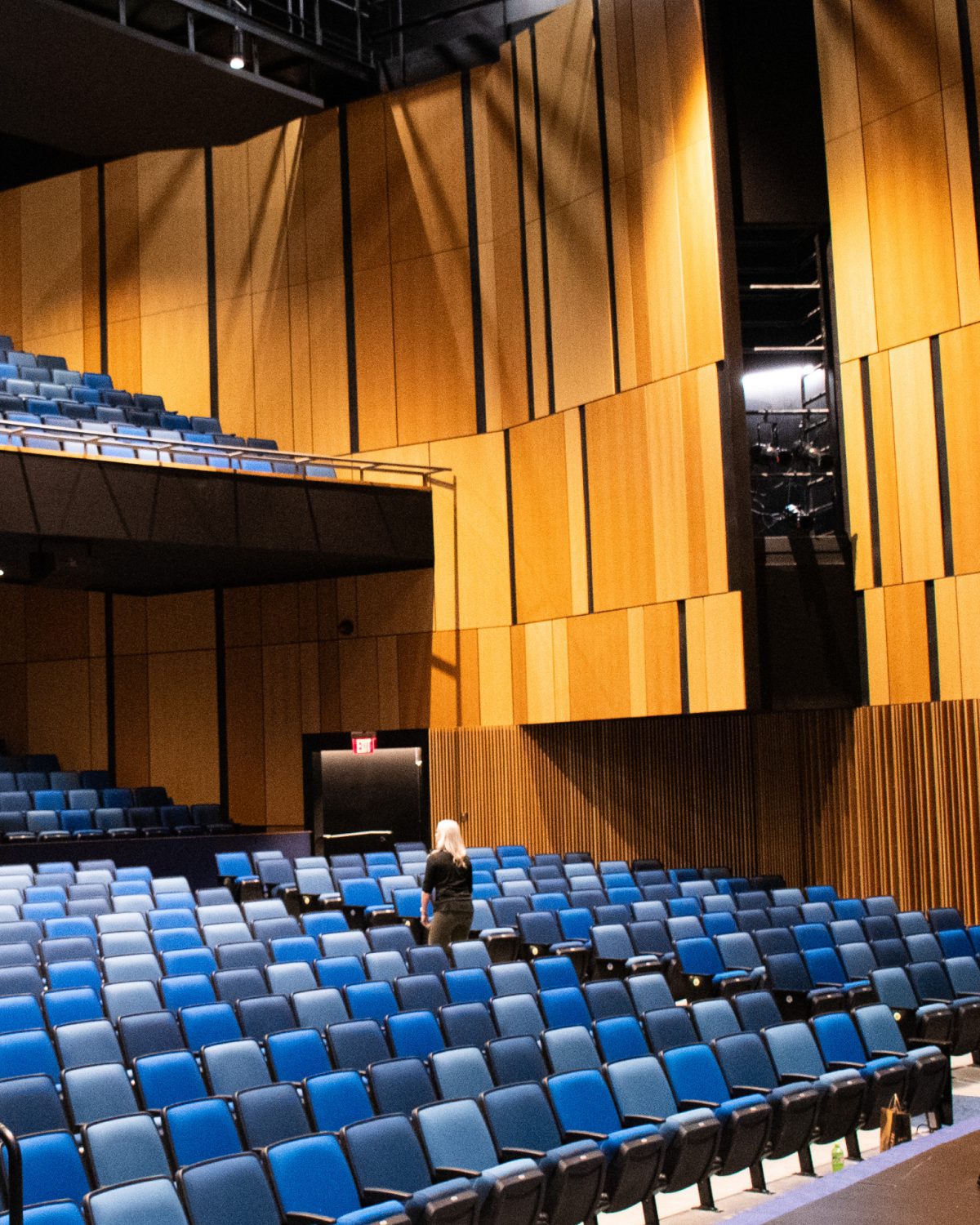
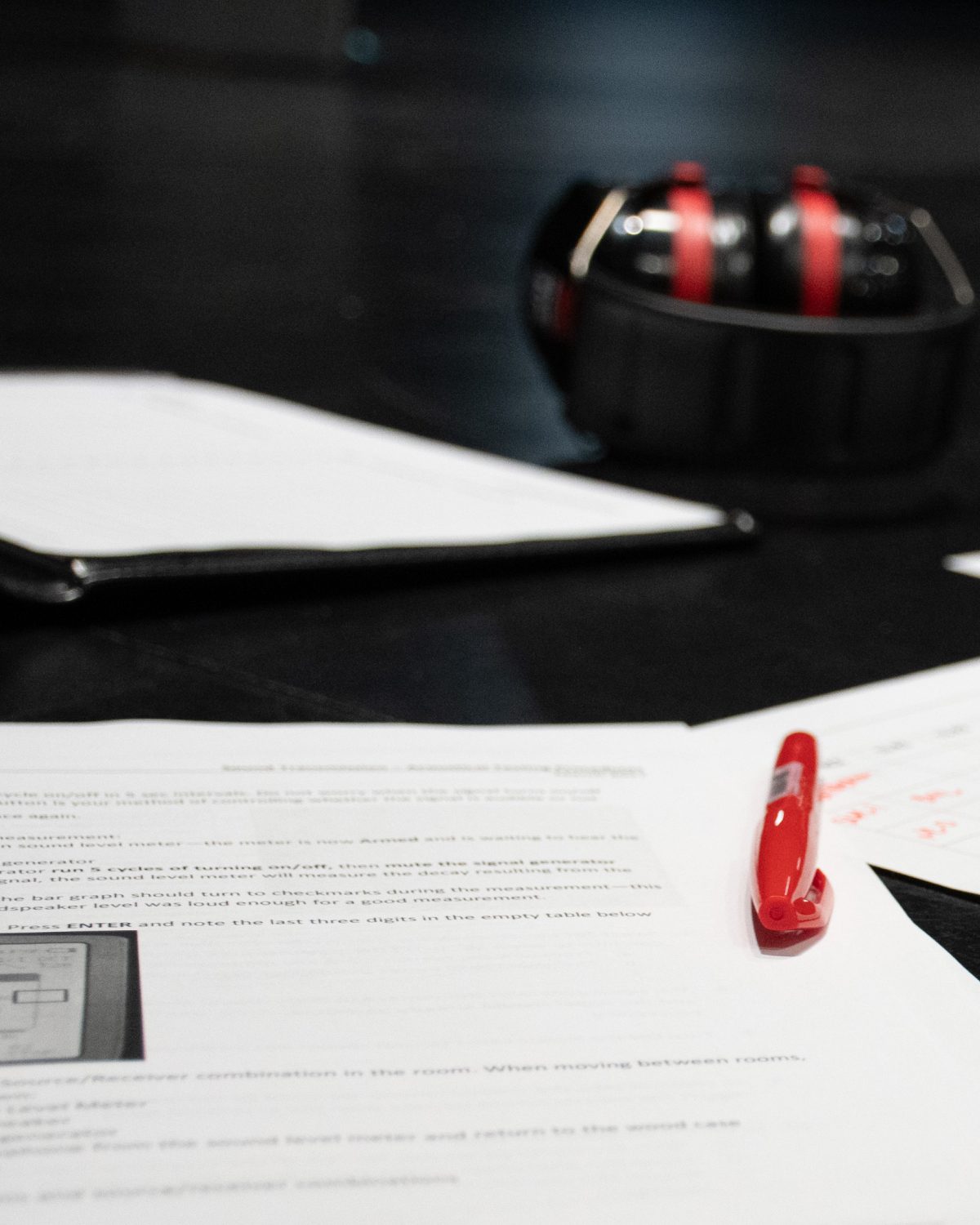
Acoustical Analyses
For owners and stakeholders who do not have expertise in acoustics or engineering, it can be difficult to make design decisions regarding sound or “quantifying” the pros and cons affiliated with differing design options. Fortunately, there’s a solution: in-person listening experiences.
“In-person auditory demonstrations are a great way for clients to understand how design decisions influence acoustic behavior,” Sam stated. “Being able to experience the sound in person helps give meaning to the objective numbers we use to quantify acoustic behavior.”
While typical consultants and integrators can issue small demo spaces that can be quickly constructed, IP Design Group also has the option to leverage their innovative office space to showcase building design features, such as underfloor air distribution and full-height wall construction, to owners and stakeholders responsible for project design decisions. Dubbed the “Ears on Experience,” this innovative listening demo allows stakeholders to interact with a space and provides a comprehensive auditory experience by emitting varying levels of sounds through a controlled, in-person demonstration.
Acoustical Simulations
There are instances where accelerated construction schedules clash with the necessity for owners to make well-informed design decisions regarding acoustics. When in-person experiences are not feasible or timely, IP Design Group’s acoustics team offers a solution that allows owners to make acoustical decisions quickly and conceptualize a blend of different design options: auralization—a virtual acoustic simulation that emulates how a space will sound.
Acoustical simulations are particularly advantageous for clients building theaters, performing art centers, auditoriums, and other spaces where room acoustics are affected by even the most minute design details. The IP Design Group acoustics team uses a combination of state-of-the-art software and calculations to create an accurate simulation. Then, we present the client with a guided listening experience demonstrating the relative effects of different room layouts, finishing materials, etc.
“We have multiple tools and techniques that we use to generate these simulations,” Sam explained, “For in-room acoustics, we need to understand the geometry of the space to develop a 3-D model and understand how sound will travel throughout the room. We also need to know the finish materials, room furnishings, and the number of people occupying the space.”


In addition to understanding how sound is reflected and absorbed within the space, the acoustics team can also calculate what tenants should expect to hear based on noise occurring around the space to provide a full breadth of considerations for a client.
“We can control, in our simulation, the anticipated level of background noise,” Sam continued, “Understanding the surrounding rooms, structure, and potential noise sources allows us to calculate the anticipated noise level, which we can also incorporate into our simulation.”
An important aspect for building owners to consider is the conditions and confines they listen to the auralization within. Jennifer Epstein, an IP Design Group acoustical designer, notes that differences in sound may be difficult to discern if not listening with the proper equipment.
“We typically give guidance to clients on what devices and environments to listen to an auralization in.” Jennifer explained, “For example, if the client is attempting to make a critical decision on acoustical treatment and listens to the auralization through a phone speaker, they may opt for a more cost-effective route without realizing the true implications of that decision.”
IP Design Group’s acoustics team recommends clients listen to auralizations using high-quality headphones in a quiet environment.
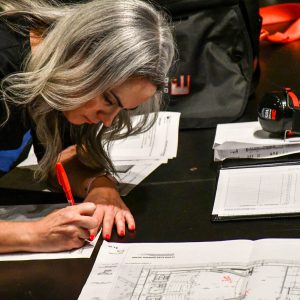
Still Curious about Acoustical Studies?
Clients can always find out more about the types of acoustical services available by contacting an acoustical consultant, who can provide more information about what value their professional services and project experience can provide to developers and owners.
If you’d like to learn more about how a precise, data-driven approach to sound can benefit your building with an IP Design Group acoustical study, we invite you to contact our team.

